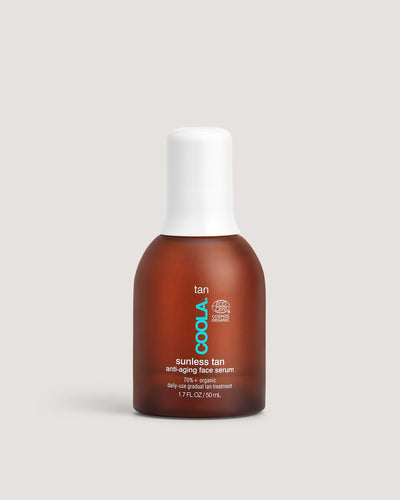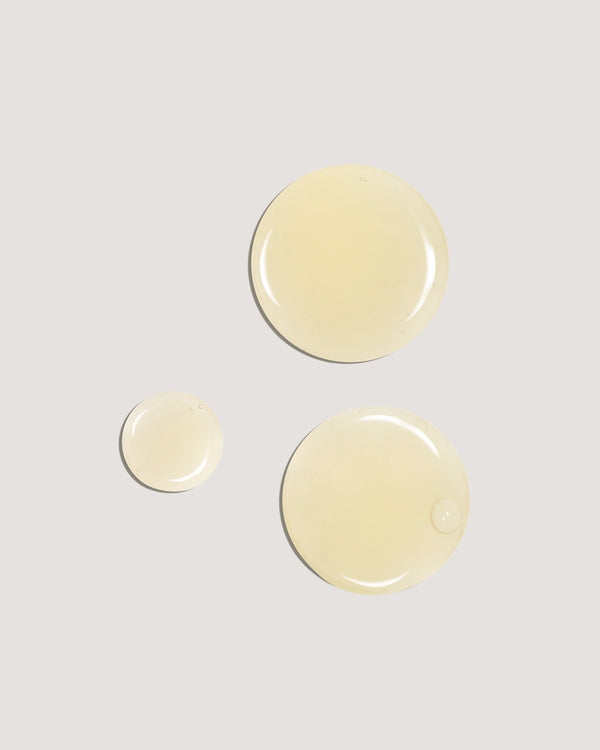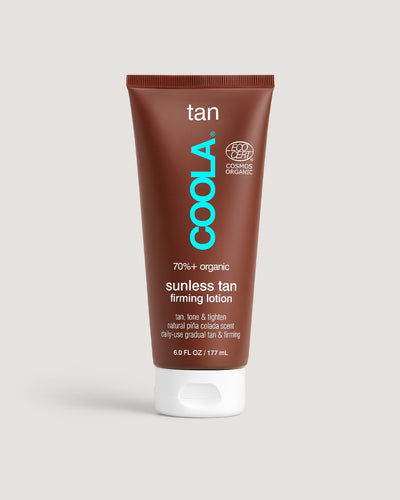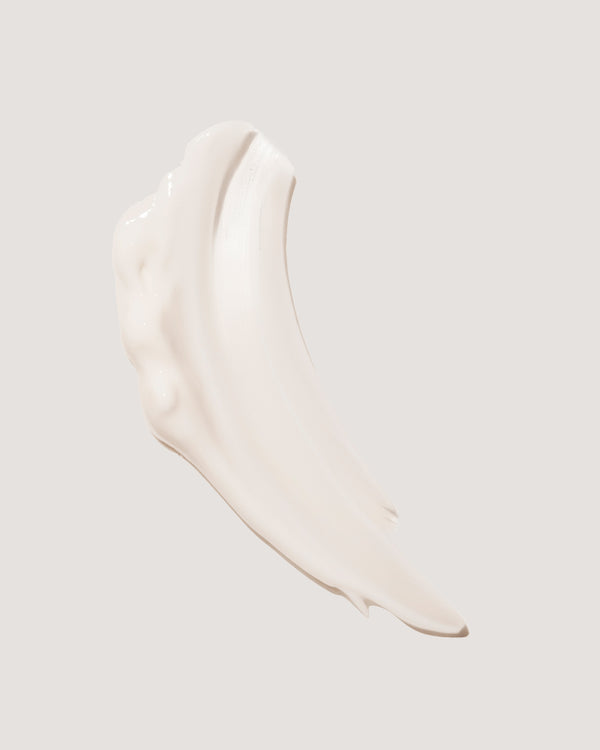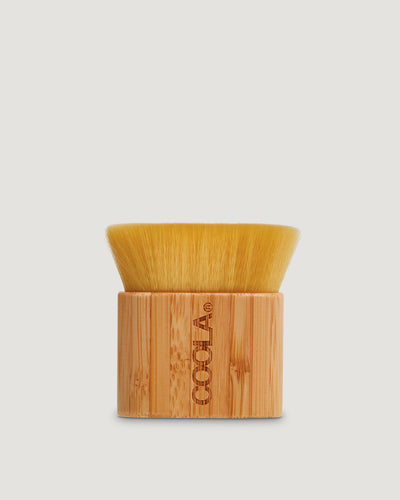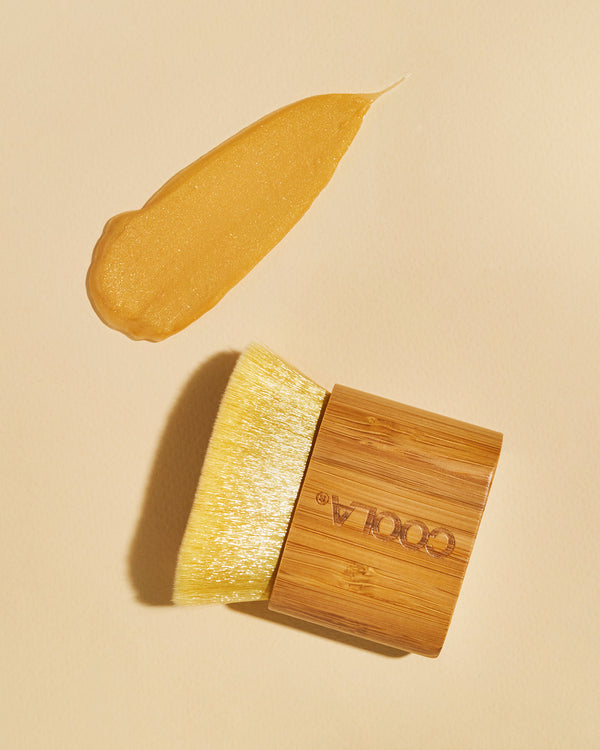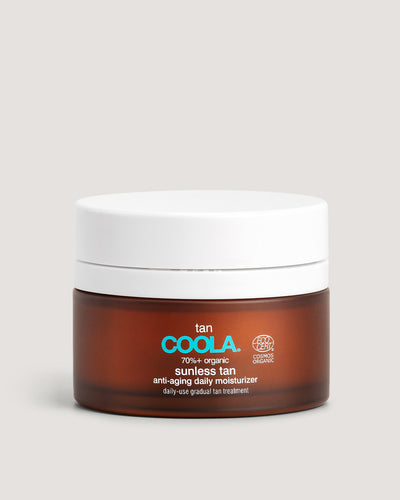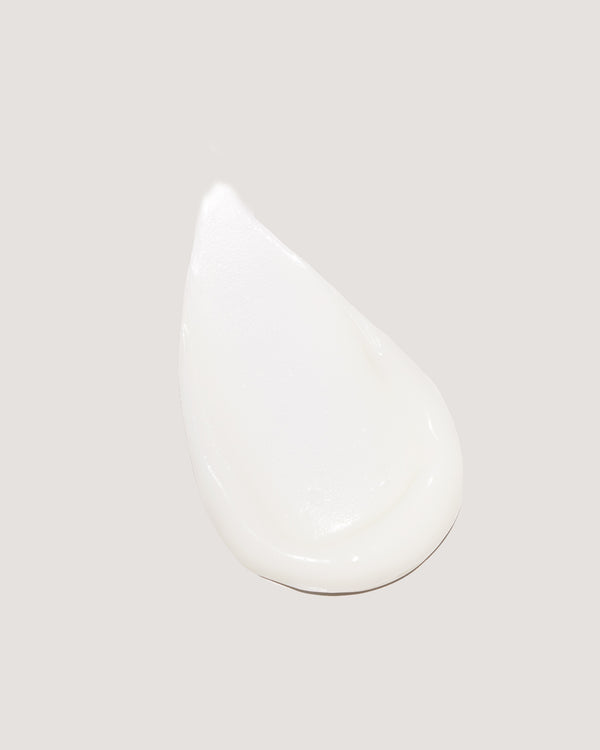
Sunless Tan
Organic Self Tanning Lotion & Sunless Tanners
For those seeking a sun-kissed glow without the risks of sun exposure, COOLA's range of sunless tanners is the perfect solution. Our self tanning lotions and organic tanning lotions are crafted with your skin's health in mind, blending natural ingredients with innovative bronzing technology. Whether you're preparing for a special event or just want to maintain a healthy tan, our organic self tan options and sunless tanners cater to every skin type, including sensitive skin. Our tanning cream and tan cream options are more than just tanning lotions; they're a fusion of skin care and color. Designed for both indoor tanning and natural sun tanning, our skincare products ensure a smoother tanning process, minimizing the appearance of fine lines while providing a natural, deeper darker tan. The bronzing lotion and bronzer lotions in our range are formulated to give you a darker tan while nurturing your skin. The beauty of our sunless tanning lotion lies in its versatility. Whether you're ditching the tanning bed once and for all or looking for a quick bronzer, our tanner is tailored to your needs. With each application, you'll notice a gradual change, a testament to our commitment to delivering tanning results that look and feel natural. Our indoor tanning lotion and moisturizer duo work together to keep your skin hydrated and radiant, ensuring a lasting tan that reflects your desire for a healthy, bronzed glow. Choose COOLA's organic self tanners for a responsible approach to beauty, where your skin's health and a beautiful tan coexist harmoniously.



